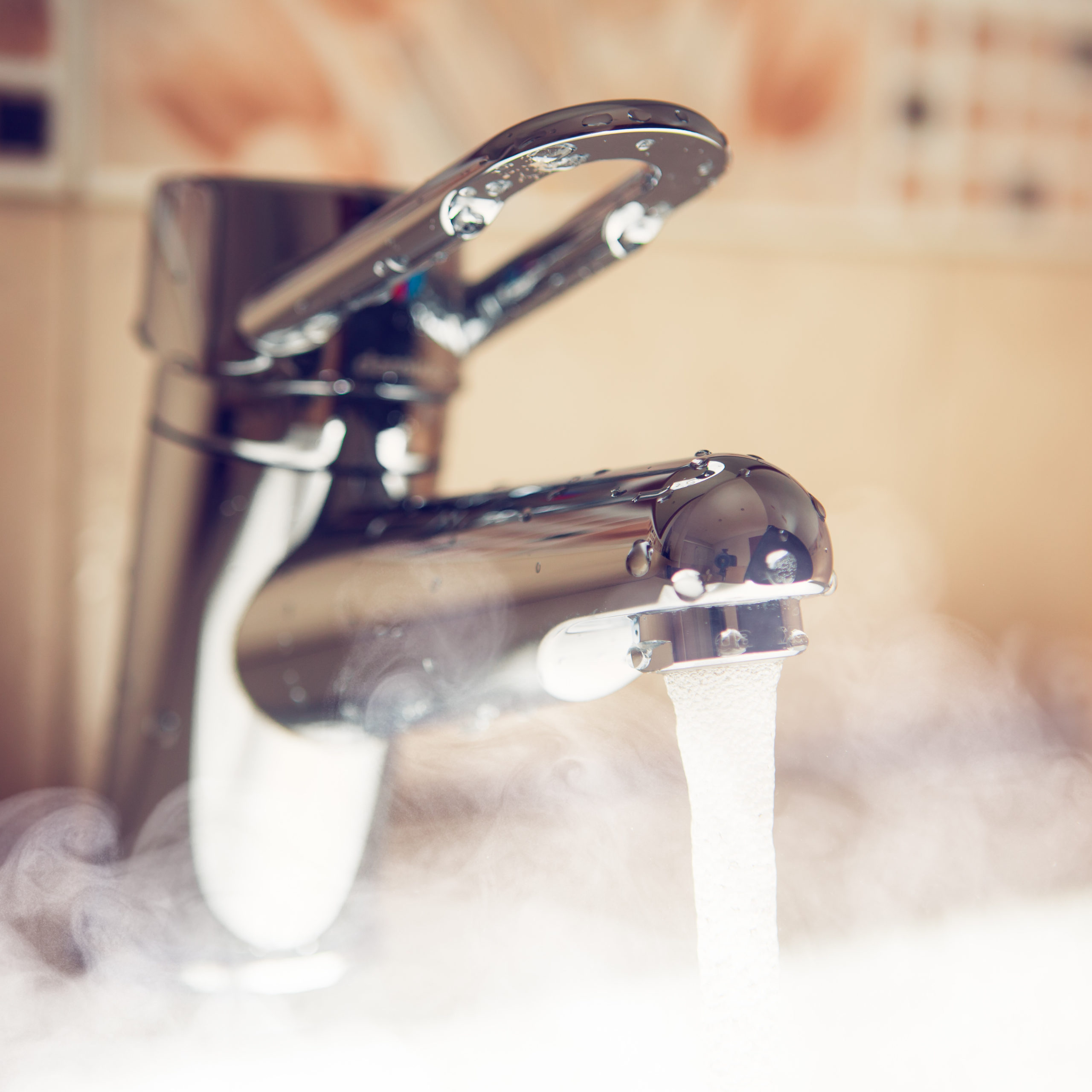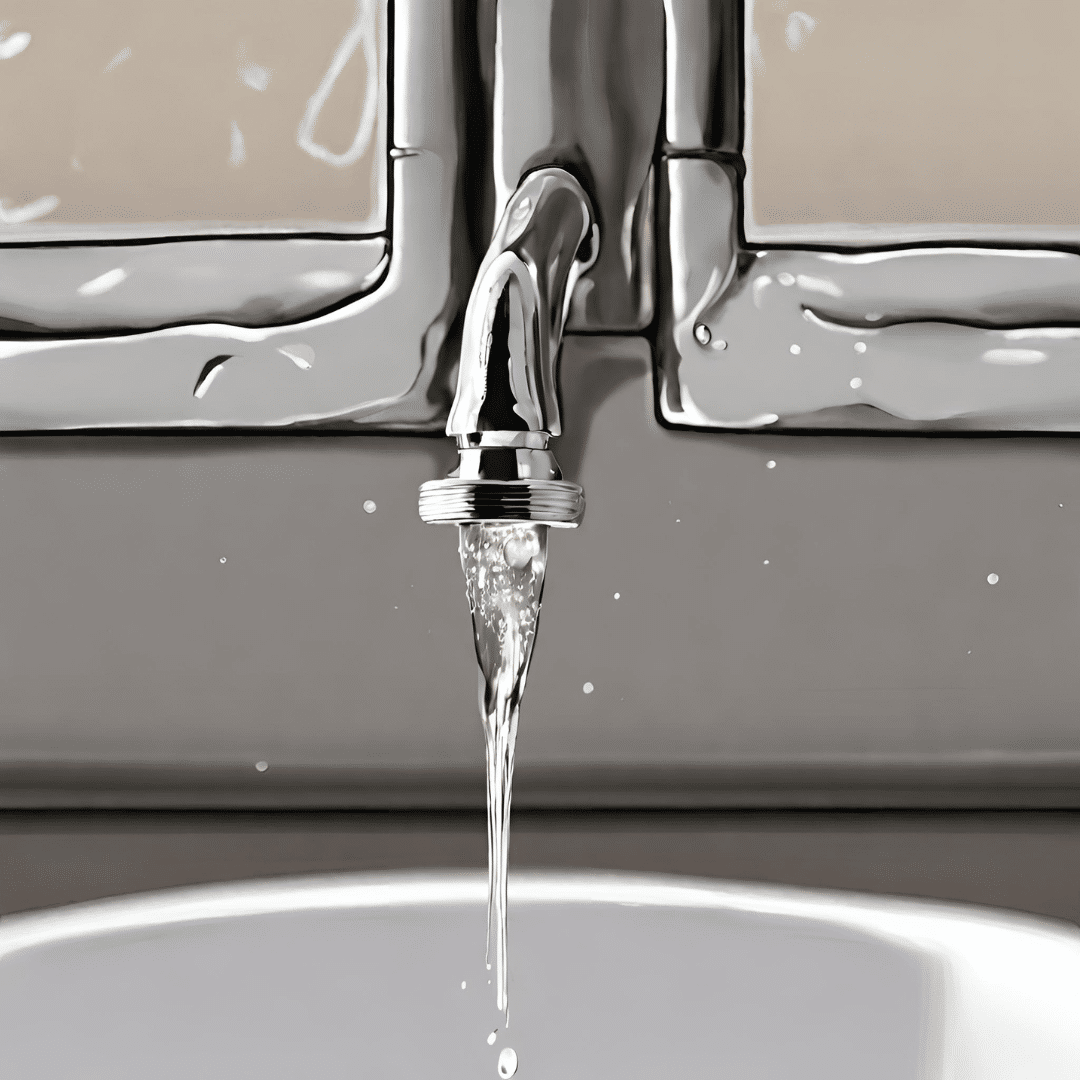Are you interested in facts around How to Fix a Leaky Faucet?

Intro
A leaky faucet is not only frustrating however can additionally lose a substantial amount of water and bring about raised utility bills. In this detailed guide, we'll walk you with the procedure of taking care of a leaky faucet, allowing you to conserve water and cash while maintaining your plumbing system.
Inspecting for Damages
As soon as you have actually revealed the valve assembly, inspect it for any type of signs of damage or wear. Typical perpetrators of a dripping tap include worn-out washers, O-rings, or seals.
Replacing Faulty Components
If you recognize any kind of broken or worn-out components, very carefully remove them utilizing a wrench or pliers and replace them with brand-new ones. Be sure to make use of the correct dimension and sort of substitute components for your tap.
Reconstructing the Faucet
After changing the damaged components, thoroughly reconstruct the faucet in the reverse order of disassembly. Make sure that all parts are correctly straightened and tightened to avoid future leaks.
Collecting Tools and Products
Before you begin, gather the necessary tools and products for the fixing. You'll usually require an adjustable wrench, screwdrivers, replacement washing machines or seals, plumber's tape, and a rag or towel to clean up any spills.
Shutting Down Water System
Situate the shut-off valve for the affected tap and turn it clockwise to shut down the supply of water. If you're unable to situate the shut-off shutoff, you might need to shut down the primary supply of water to your home.
Disassembling the Faucet
Use a screwdriver to get rid of the handle of the faucet, exposing the internal elements. Relying on the kind of tap, you might need to loosen a cap or collar to access the shutoff setting up.
Guaranteeing Appropriate Functionality
After confirming that the tap is leak-free, test its performance by transforming it on and off a number of times. Make sure that the tap runs efficiently and with no uncommon audios or resistance.
Cleaning Up
Finally, tidy up any kind of particles or spills from the fixing procedure and take care of any kind of old or damaged elements appropriately. Leaving the workplace clean and tidy ensures an expert surface to your fixing.
Testing for Leakages
Once the tap is reassembled, transform the water system back on and test the faucet for leakages. If you notice any type of leakages, confirm the connections and tighten them as needed.
Conclusion
Fixing a leaky faucet is a reasonably easy do it yourself job that can conserve you money on water bills and prevent additional damage to your plumbing system. By following this detailed overview, you can take on the repair service with self-confidence and take pleasure in the advantages of a leak-free faucet.
Fixing a Leaking Tap: Causes, Solutions, and Water Conservation
Causes and Signs
Worn-Out Washers: The tap washer, rubber or metal, creates a seal within the tap assembly. Over time, the old washer can deteriorate, leading to water seepage and a dripping tap. High Water Pressure: Excessive water pressure can strain tap components, causing leaks. The forceful water flow exerts pressure on the washers and other sealing mechanisms, resulting in a dripping tap. Faulty O-Rings: O-rings, usually made of rubber, provide a watertight seal between moving parts of the tap. If the O-rings become worn or loose, they can cause water to leak, resulting in a dripping tap and potential water damage to your property. Signs of a Dripping Tap
Audible Dripping Sounds: If you hear the sound of water droplets hitting the sink or basin, it’s a clear indication of a dripping tap. Puddles or Stains: Notice any puddles of water or stains around the tap area or on the sink surface. These signs suggest a dripping tap that requires attention. Reduced Water Flow: A dripping tap can affect the overall water flow, resulting in reduced pressure when using the tap. Gather the Necessary Tools
Adjustable spanner Screwdriver – flathead or Philips’s head New washers Towels or rags Turn Off the Water Supply
Find the isolation valve beneath the sink or by the tap and turn it clockwise to shut off the water supply.
Disassemble the Tap
Use a screwdriver to carefully remove the tap handle, exposing the internal components. Take note of the order and arrangement of the parts as you disassemble the tap. This will aid in reassembling it correctly later on. (We recommend taking photos on your phone for a no-fuss solution).
Inspect and Replace the Washer
Inspect the washer located at the bottom of the tap assembly. If it appears worn out or damaged, replace it with a new washer of the correct size and type. This simple replacement can often resolve the dripping tap issue.
Tips for Responsible Water Usage
Regular Inspection and Maintenance: Conduct periodic inspections of all taps in your home to identify potential leaks or drips. Timely repairs prevent water wastage and maintain the efficiency of your plumbing system. Install Water-Efficient Taps: Consider replacing old taps with water-efficient models that are designed to minimise water consumption. Look for taps equipped with aerators and flow restrictors to regulate water flow without compromising functionality. Conscious Water Usage: Develop mindful habits such as turning off the tap while brushing your teeth or soaping your hands. Additionally, use full loads when running dishwashers and washing machines to maximise water efficiency. Monitor Your Water Bill: Keep track of your water consumption by regularly monitoring your water bill. Any sudden increases may indicate a leaking tap or other issues that require attention. When to Seek Professional Help
Persistent Leaks: If your attempts to fix the dripping tap are unsuccessful or the problem keeps recurring, it may indicate an underlying issue that requires professional attention. Complex Repairs: In cases where the tap assembly is intricate, or the repair involves specialised knowledge, it’s advisable to seek professional help to ensure the problem is resolved effectively. https://proudplumbingandgas.com.au/blog/a-complete-guide-to-fixing-a-leaking-tap/

As a serious person who reads about How to fix a leaky tap and save water, I think sharing that piece was worthwhile. Do you know about another individual who is excited by How to Fix a Leaking Tap Without Getting Professional Help? Please feel free to promote it. Thanks so much for taking the time to read it.
Call